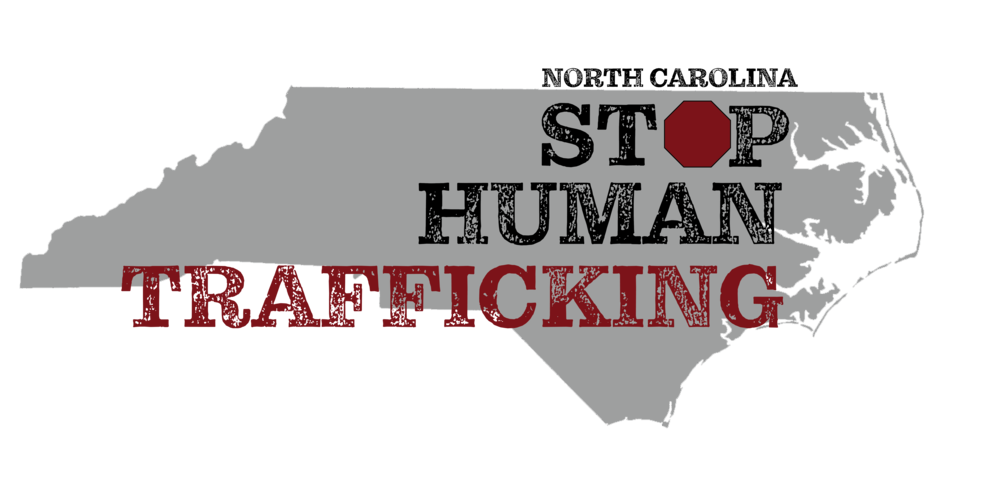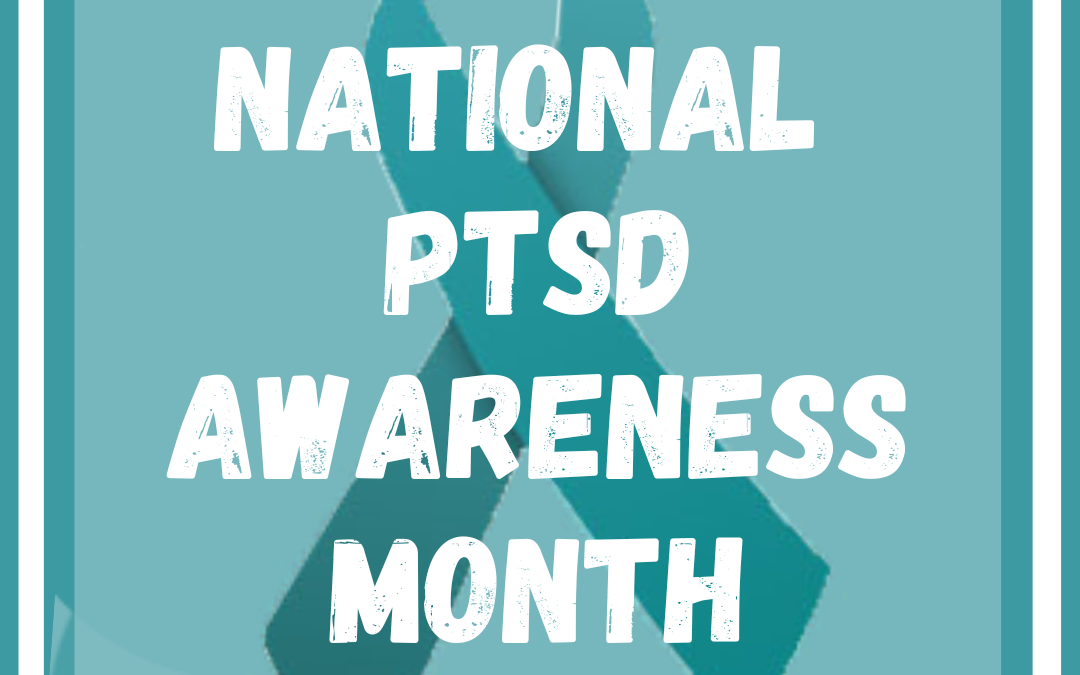June is National PTSD (Post Traumatic Stress Disorder) Awareness Month, and it is important to highlight that many, many survivors report suffering from PTSD after they leave the trafficking experience. Therefore, understanding what PTSD is and how it affects a person’s ability to cope, recover, and even communicate, will be paramount in how we address survivor needs.
Human trafficking survivors report a wide-range of mental health issues while they are involved in the trafficking experience, with some of those issues slightly improving after the survivor is able to leave the abuse. Those mental health issues that improve are depression, anxiety, flashbacks, shame/guilt, and attempted suicide. However, when we look at PTSD, this mental health issue becomes slightly more prevalent after the trafficking.
When we understand what PTSD truly is, then the increase makes sense. According to the Mayo Clinic, “post-traumatic stress disorder (PTSD) is a mental health condition that’s triggered by a terrifying event — either experiencing it or witnessing it.” Amanda Gopal, LCSW, founder of The Hundred Movement, who specializes in sexual assault, PTSD and sex trafficking, coined PTSD as a “disorder of remembering” during the N.C. Human Trafficking Regional Training in 2021.
She outlined how the brain, when going through a traumatic experience, does not file away memories appropriately and PTSD is born when the survivor is reminded of the trauma through various triggers. Instead of only remembering the trauma, the brain is actually reliving the event causing a fight, flight or freeze response. This response will often interfere this survivor’s ability to live a normal life and cope with day-to-day stressors
PTSD is often co-occurring with substance use disorders, as well, which will further complicate a survivor’s ability to recover from both diseases. As to why these two diagnoses go hand in hand, the
“Posttraumatic Stress Disorder and Co-Occurring Substance Use Disorders: Advances in Assessment and Treatment” published in the National Library of Medicine said “Several theories have been posited to explain the functional association between PTSD and SUDs. The self-medication theory, perhaps the most prominent theory, postulates that substance use serves as an attempt to alleviate PTSD symptoms.” In light of the comorbidity of these issues, treating both simultaneously will likely improve survivor outcomes.
Suicidal Ideations Response/Resources
People who suffer from PTSD often have suicidal thoughts, ideations and attempts.
If you or someone you know has suicidal thoughts, get help right away through one or more of these resources:
- Reach out to a close friend or loved one.
- Contact a minister, a spiritual leader or someone in your faith community.
- Call a suicide hotline number — in the United States, call the National Suicide Prevention Lifeline at 1-800-273-TALK (1-800-273-8255) to reach a trained counselor. Use that same number and press 1 to reach the Veterans Crisis Line.
- Make an appointment with your doctor or a mental health professional

Signs & Symptoms of PTSD
(from the Mayo Clinic)
Intrusive memories
- Recurrent, unwanted distressing memories of the traumatic event
- Reliving the traumatic event as if it were happening again (flashbacks)
- Upsetting dreams or nightmares about the traumatic event
- Severe emotional distress or physical reactions to something that reminds you of the traumatic event
Changes in physical and emotional reactions
- Being easily startled or frightened
- Always being on guard for danger
- Self-destructive behavior, such as drinking too much or driving too fast
- Trouble sleeping
- Trouble concentrating
- Irritability, angry outbursts or aggressive behavior
- Overwhelming guilt or shame
Avoidance
- Trying to avoid thinking or talking about the traumatic event
- Avoiding places, activities or people that remind you of the traumatic event
Negative changes in thinking and mood
- Negative thoughts about yourself, other people or the world
- Hopelessness about the future
- Memory problems, including not remembering important aspects of the traumatic event
- Difficulty maintaining close relationships
- Feeling detached from family and friends
- Lack of interest in activities you once enjoyed
- Difficulty experiencing positive emotions
- Feeling emotionally numb
For children 6 years old and younger, signs and symptoms may also include:
- Re-enacting the traumatic event or aspects of the traumatic event through play
- Frightening dreams that may or may not include aspects of the traumatic event
Melinda Sampson is the community outreach coordinator at NC Stop Human Trafficking. She can be reached at melinda@encstophumantrafficking.org

